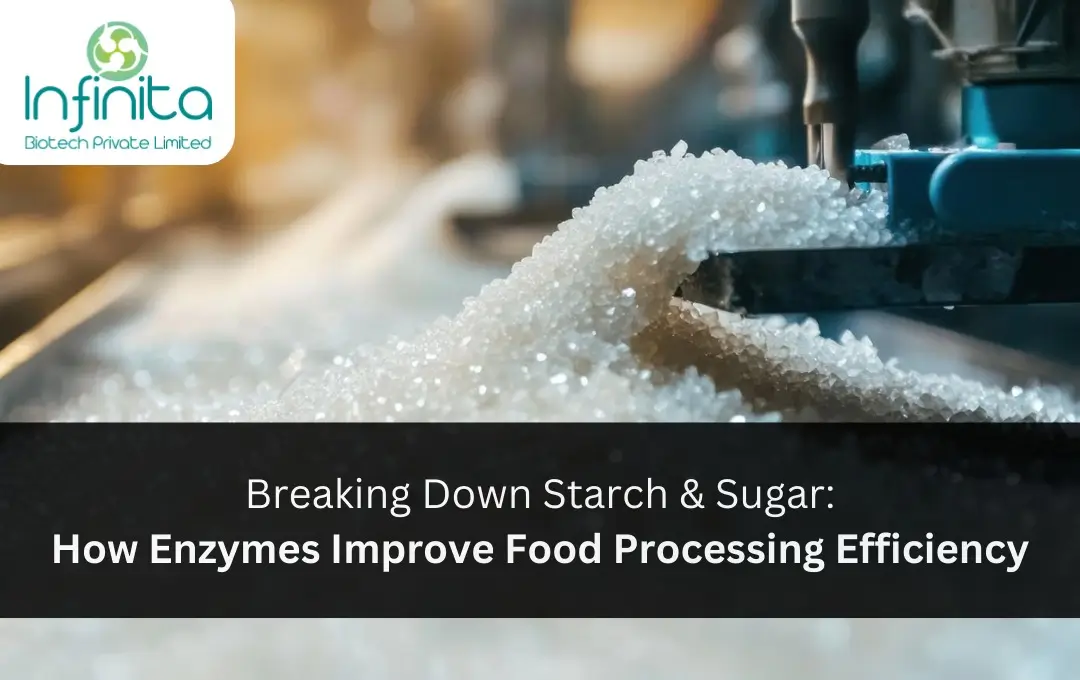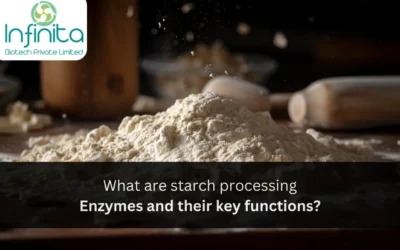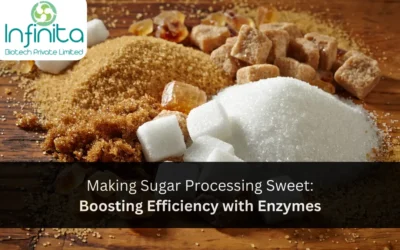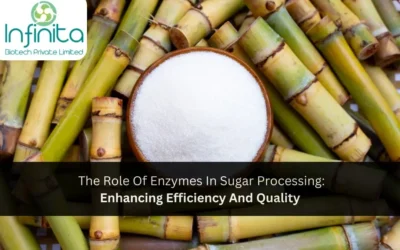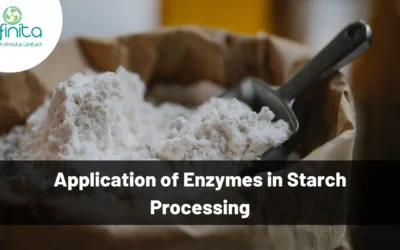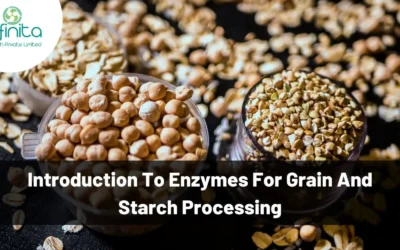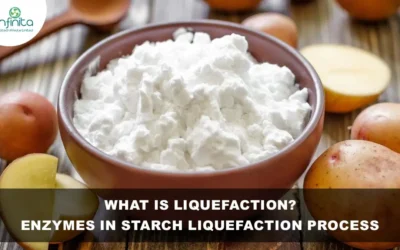In the modern food industry, efficiency and product quality are paramount. Manufacturers are constantly seeking ways to optimize production processes, reduce waste, and enhance nutritional value. One of the most effective tools in achieving these goals is the use of food enzymes. These naturally derived catalysts play a crucial role in breaking down starches and sugars, improving digestibility, and streamlining food processing operations.
Understanding Food Enzymes
Food enzymes are biological molecules that accelerate chemical reactions in food products without being consumed in the process. They are widely used in baking, dairy, brewing, and fruit processing industries to enhance flavor, texture, and shelf-life. By targeting specific substrates like starch and sugar, enzymes allow manufacturers to convert complex carbohydrates into simpler, more digestible forms, improving both product quality and processing efficiency.
How Enzymes Break Down Starch
Starch is a major carbohydrate found in cereals, potatoes, and other plant-based ingredients. However, in its natural form, starch can be difficult to process and digest due to its complex structure. This is where enzymes like amylases play a vital role.
- Amylases break down starch into maltose and glucose, which can be further fermented or incorporated into various food products.
- In baking, amylases improve dough consistency, enhance crumb structure, and extend shelf-life.
- In brewing and beverage production, amylases convert starches into fermentable sugars, optimizing alcohol yield and flavor profile.
By efficiently breaking down starch, food enzymes help manufacturers reduce energy consumption, shorten processing times, and maximize output.
Sugar Conversion and Enhancement
Beyond starch, enzymes are also critical in sugar processing. Enzymes such as invertases and glucose isomerases convert sucrose into simpler sugars like glucose and fructose, which are easier to handle and more versatile in food applications.
- Invertases are commonly used in confectionery to produce smooth-textured products like fondants and syrups.
- Glucose isomerases transform glucose into fructose, which is sweeter and widely used in beverages and baked goods.
This enzymatic conversion not only improves product quality but also allows manufacturers to achieve precise sweetness levels while reducing the need for artificial additives.
Efficiency Benefits Across Food Processing
The integration of food enzymes provides measurable benefits in food processing, including:
- Reduced Processing Time: Enzymes accelerate reactions, cutting down cooking, fermentation, or hydrolysis times.
- Lower Energy Consumption: Faster reactions mean reduced heating or cooling requirements, saving energy.
- Improved Product Consistency: Enzymes ensure uniform breakdown of starch and sugar, enhancing texture and flavor.
- Waste Minimization: Efficient starch and sugar conversion reduces by-products and improves overall yield.
Informative Table: Common Food Enzymes and Their Applications
| Enzyme | Primary Function | Food Industry Application | Efficiency Benefit |
|---|---|---|---|
| Amylase | Breaks down starch into maltose and glucose | Baking, brewing, beverages | Faster starch conversion, improved dough and fermentation efficiency |
| Invertase | Converts sucrose into glucose and fructose | Confectionery, syrups, soft drinks | Smoother texture, controlled sweetness, enhanced product consistency |
| Glucose Isomerase | Transforms glucose into fructose | Beverages, baked goods | Improved sweetness, reduced artificial additives, higher product appeal |
| Protease | Breaks down proteins, indirectly aiding sugar extraction | Dairy, brewing | Improved nutrient availability, smoother textures, efficient processing |
| Cellulase | Breaks down cellulose to release sugars | Fruit juice, plant-based beverages | Higher sugar yield, clearer juice, reduced viscosity |
Improving Sustainability
The use of food enzymes also contributes to sustainability in the food industry. By increasing efficiency, enzymes reduce energy and water consumption, lower chemical usage, and minimize waste. For example, more complete starch conversion means less raw material is discarded, and better sugar extraction reduces the need for additional sweeteners or processing steps.
Conclusion
Breaking down starch and sugar efficiently is critical for modern food processing, and food enzymes provide an elegant, sustainable, and effective solution. From baking to beverage production, these enzymes enhance product quality, improve yield, and streamline operations while supporting eco-friendly practices.
By integrating enzyme technology into food processing, manufacturers can achieve higher efficiency, superior products, and a reduced environmental footprint, ensuring that today’s food production meets the demands of both consumers and the planet.
